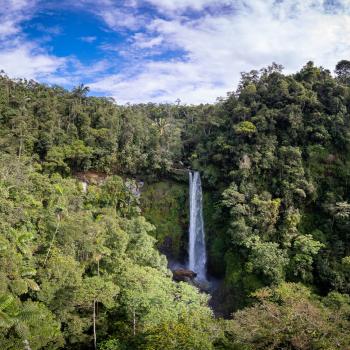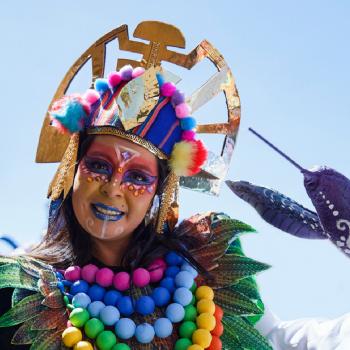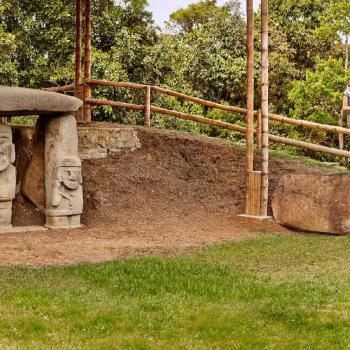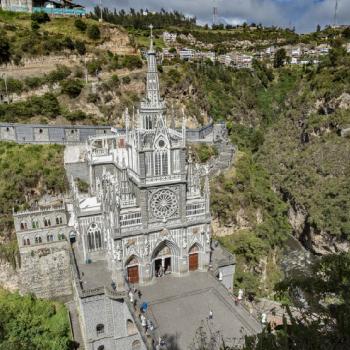The Amazon, a truly unique and majestic place
The longest river in the world preserves a wealth of natural resources and ancient ways of life.
A significant part of Colombia’s rich cultural diversity and impressive natural wealth is rooted in the Amazon. The area is named for the magnificent river that winds through its thick, green jungle, giving life to the area’s unparalleled ecosystem.
- See more
The Amazon river, which also passes through Brazil and Peru, is the longest and widest river in the world. Not even the Nile, Yangtze, or Mississippi rivers combined have it beat. This powerful body of water doesn’t just nourish and sustain the land around it—it has helped forge an identity, and a way of being in the world.
The Amazon region is made up of the departments of Amazonas, Putumayo, Caquetá, Guainía, Guaviare, and Vaupés, as well as sections of the departments of Cauca, Meta, and Vichada.
But what does the Amazon have to offer tourists? Without a doubt, it provides a unique, authentic opportunity to experience a virgin territory filled with native communities living off the land and practicing beliefs and rituals still relatively unknown to the western world.
The indigenous communities inhabiting this area include the ticunas, the huitotos, and the yucunas. There is a total of 185 reservations where these communities’ history, traditions, worldviews, and ancient ecological wealth are preserved.
In fact, the Amazon is home to no less than 212 species of mammals and 195 species of reptiles. You can also find many types of birds there and, with a little luck, you might even be able to see peculiar pink dolphins gliding through the water.
Plant life flourishes in the area, which is blessed with a warm, balmy climate with frequent showers. Among the many plants that can be found in the Amazon region are the medicinal plants used in ancient traditions and giant mahogany and cedar trees.
The Amazon’s unique ecosystem has endowed the region with a wealth of natural resources perfect for ecotourism and community-based tourism. You can climb enormous trees, hike through the jungle, ride zip lines, sail the Amazon river, admire the local flora and fauna, or take a trip down the river to remote places in the heart of the jungle.
You can even interact with indigenous communities and try local dishes like mojojoy worms, farina (a dish similar to Cream of Wheat) and freshwater fish.
Come visit the Amazon—dare to explore this land full of natural wealth and ancient wisdom. We’ll see you there!






















